Dimension Stone (Building Stone) in Newfoundland and Labrador
Dimension stone includes any natural stone that has been quarried and cut or shaped to specified sizes. Some stones require very little work before being used; for example, sandstone is quarried and then shaped with a hammer for use in landscaping walls, patios, or walkways. Other stones require substantial processing before being used. Monuments are cut from large quarried blocks of granite, sawed to the correct size, then polished and lettered.
The markets for dimension stone grew exponentially during the 1970s and 1980s, paralleling the improvement in stone-cutting technology. The ability to economically cut large blocks into thin slabs and tiles has made it much easier to use stone in commercial buildings and private homes. There has also been a strong architectural/fashion trend to return to "natural building materials".
Large volumes of stone are used in the construction industry. Polished slabs of 2 cm thick granite are used for the exterior facings of banks and office buildings. Marble and granite can also be cut into floor tiles (30 cm by 30 cm) and countertops, and used in shopping malls, hotels, and even private homes. Granite curbing and cobblestone are still used in many cities because it lasts so long. Slate is cut into small square blocks and split into roofing shingles; in large sheets it can be used for pool table tops.
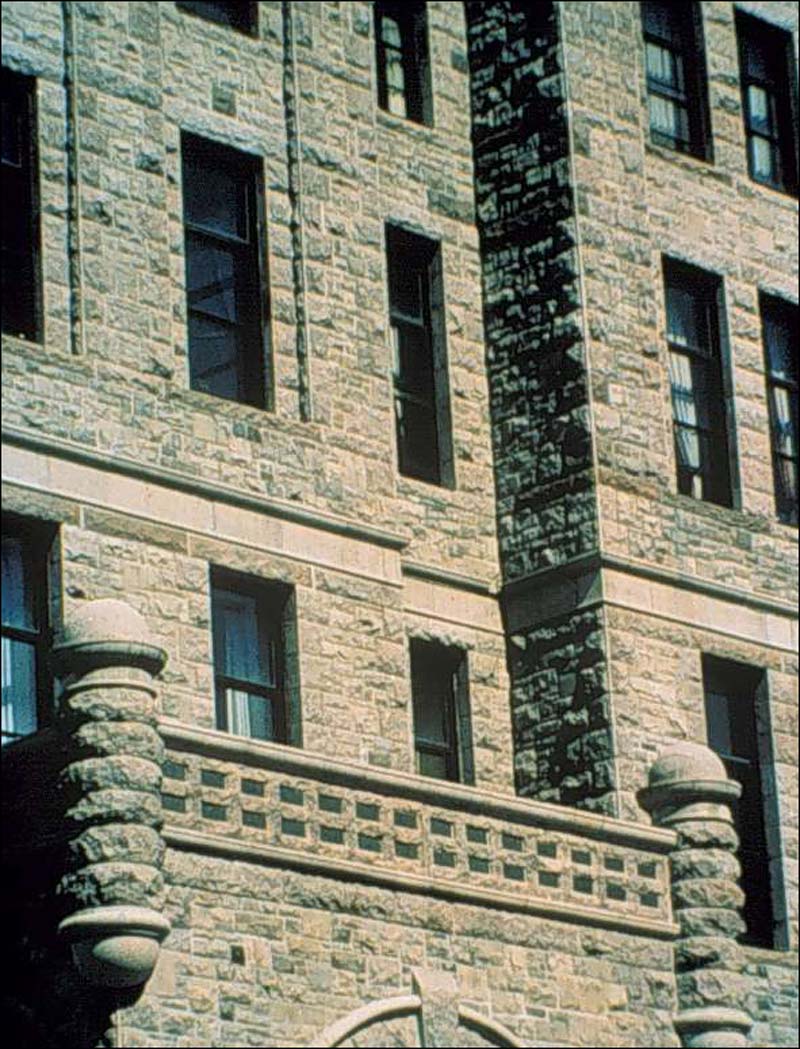
Dimension stone was often used as a building material in Newfoundland. Historical landmarks such as Cabot Tower and the railway station, in St. John's, were built from stone quarried from Signal Hill above St. John's and the Topsails in central Newfoundland, respectively. Across the island, lighthouses and railway bridge abutments were made of stone quarried near the building site. The foundations of houses and retaining walls were also commonly composed of slabs of slate or sandstone, still seen in historic communities such as Brigus, Conception Bay.
In the 1990's, there were six active dimension stone quarries in Newfoundland and Labrador: a slate quarry in eastern Newfoundland; three granite quarries in central Newfoundland; a sandstone quarry on the west coast; and an anorthosite (labradorite-granite) quarry in Labrador.
At that time, Newfoundland had the only operating slate quarry and processing plant in Canada, located near Burgoynes Cove, Trinity Bay. The company quarried both green and purple slate, in big slabs or blocks. These large pieces of rock were then cut up with special saws and split into roofing slates or floor tiles. The final product was sold across North America and Europe.
Three granite quarries were also operating in the province. 'Black granite' was quarried from the Mt. Peyton area, southeast of Bishop's Falls, and two types of pink granite were quarried on the Hermitage Peninsula near Seal Cove. A third quarry, which had been opened up in the Topsails, had both a yellow and a green coloured granite. The company planned to eventually start cutting and polishing these granites in Buchans for monuments, countertops, and tabletops.
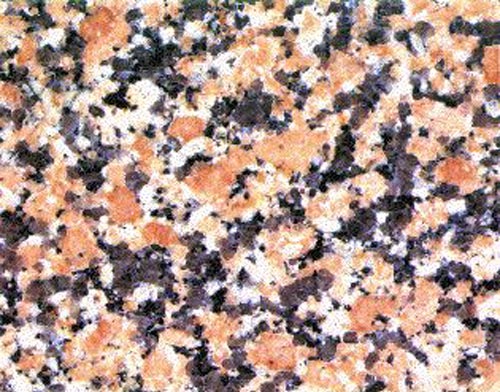
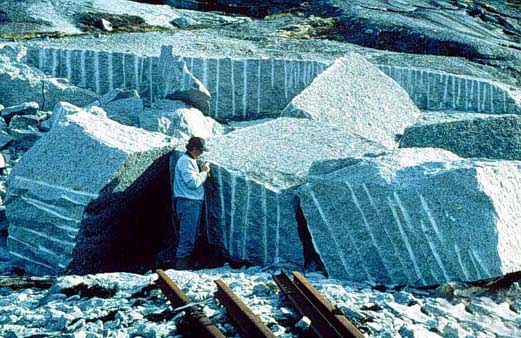
A sandstone quarry also began near Deer Lake at that time. The blue-grey stone was quarried in large flat slabs, big enough for a picnic tabletop. It was mostly used in landscaping as walls and flagstones for steps and walkways.
Since 1992, at Ten Mile Bay on the northern Labrador coast, near Nain, anorthosite "labradorite-granite" was quarried from the bedrock in massive pieces, then shaped into blocks weighing 10 to 30 tonnes, approximately the size of the family car! These blocks are shipped by boat to Italy, the world's stone centre, where buyers come from all over the world and pay top dollar for this very valuable stone.
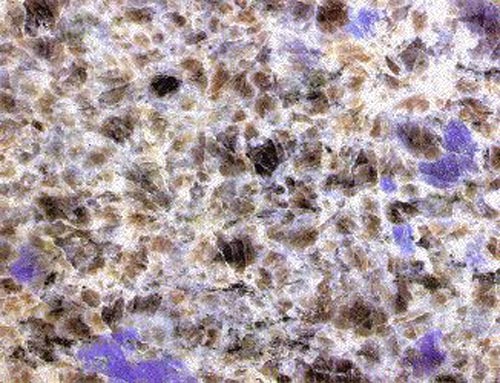
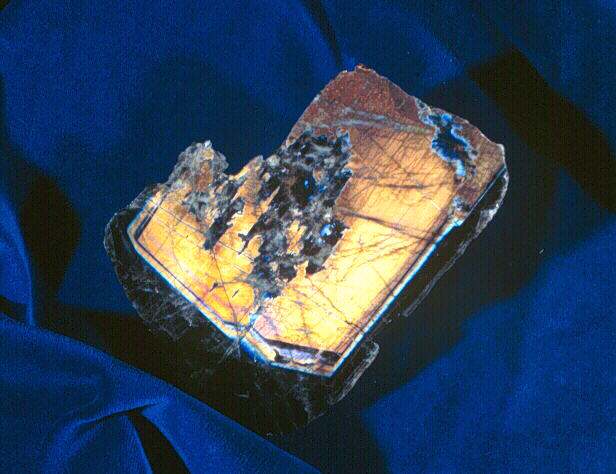
There are many more types of dimension stone remaining to be identified in this province. Government geologists, prospectors, and even weekend rock hounds, are exploring, sampling and testing new prospects. Hopefully, with time, more quarries will be developed and more stone will be processed in Newfoundland and Labrador and sold around the world.




